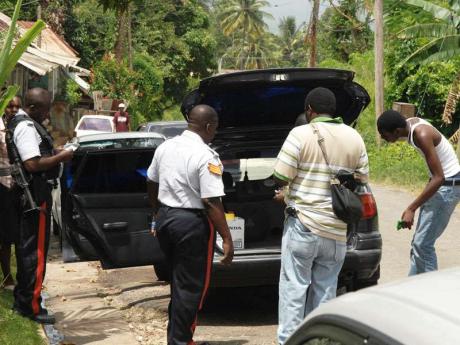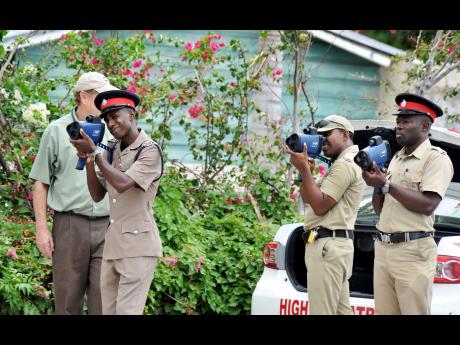As we continue to observe members of the Jamaica Constabulary Force display lax attitudes in the way they approach and apprehend suspects at the peril of their own lives , we continue to offer advise to members who interact with the public most frequently.
That usually falls on the junior officers.

We also try to educate and inform the public on it’s rights and responsibilities when dealing with police officers.
Since it appears there is a crisis of leadership both at the junior and senior management levels of the JCF, we will continue to offer these tips with a view to helping officers understand that in order for them to protect others they must first learn to protect themselves.
Additionally it is important as well, that we continue to advise and educate the public to it’s responsibilities in this arrangement between itself and law enforcement.

Conduct professional, safe traffic stops.
- Remember your training. No traffic stop is routine. When conducting a stop, consider when and where to initiate the stop and the best location for the driver to stop.
- Notify the dispatcher. Make sure that the dispatcher knows your location and the stopped vehicle’s license, make and model before making contact with the driver.
- Create a safety lane for yourself. Be sure to offset your vehicle behind the stopped vehicle to create a safety lane. Turn tires out and consider a passenger side approach to contact the driver.
- Communication is critical. Remember that the first words spoken by an officer may very well determine the tone of the encounter and even the eventual outcome. Similarly, the last words are also very important and may be the basis of a lasting impression of the officer and agency.
- Stops at night or low light conditions: Use your takedown lights, and/or spot light to light the interior of the stopped vehicle. Placing the spot light directly into the rear view mirror of the stopped vehicle can help cover your approach.
- Pay attention to the verbal and physical cues from the driver. Excessive repetition of requests or instructions by the driver can be an indication of a problem, as is taking a long time to find documents such as driver’s license, registration or insurance card.
- Control the stop. You control that vehicle and its passengers for the duration of the stop. If you feel it is necessary, request assistance.Talk to you later..



















